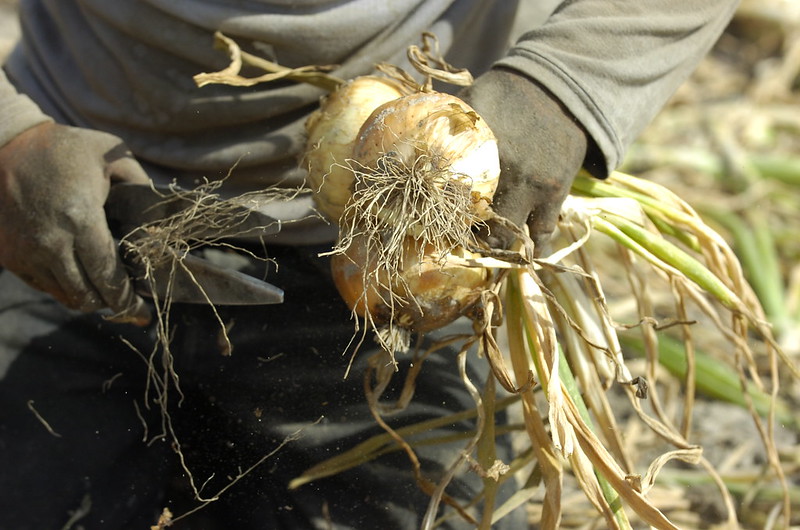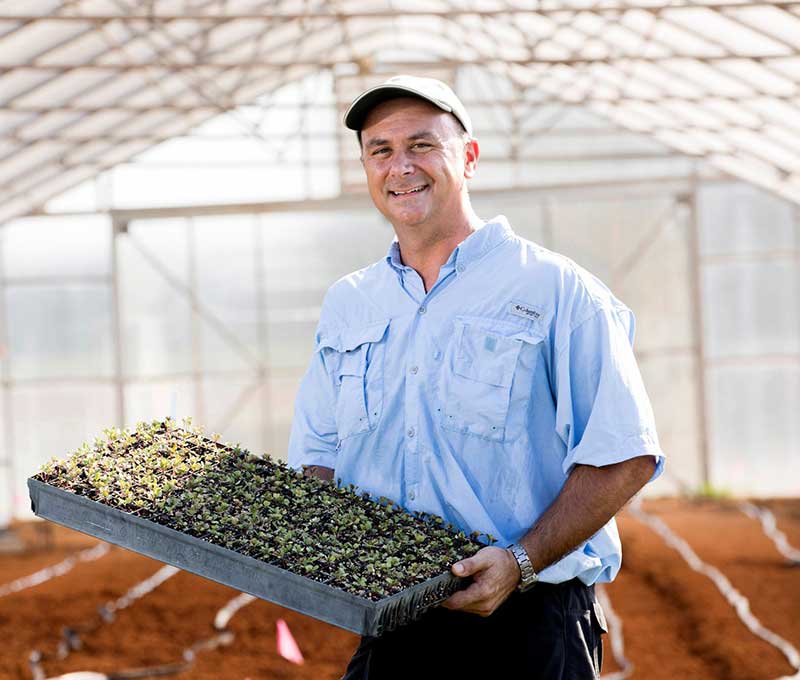By Clint Thompson
Vidalia onion producers should avoid applying too much fertilizer during planting. Too much can be leached out over the course of the production season, says Tim Coolong, associate professor in the University of Georgia (UGA) College of Agricultural and Environmental Sciences.

He discussed nitrogen applications and his research during the Vidalia onion meeting last week in Lyons, Georgia.
“I would say the industry has changed quite a bit over the last couple of decades where growers, previously, put quite a bit out pre-plant, and many growers have backed off from that. The research we did was simply looking at how much of that pre-plant fertilizer you put is actually taken up by the plant and how much is just leached and lost in the environment,” Coolong said. “We found that by and large, the vast majority of what’s going out pre-plant, or right at planting, is lost. I think we can reduce what is going out to save some money and so forth.
“When it goes out early, the onion roots are still very small. They have to regrow. The plants themselves are small, and they just don’t have a large capacity to take up a lot of nitrogen. Then, of course, throw in 30 inches of rain over the course of the season, a small plant with a limited capacity and whatever’s not taken up by the plant can be easily leached out. That is versus later in the year when you’ve got a big root system, bigger plant, more foliage where it can pull that nitrogen up and utilize it better.”

Coolong cautioned growers that fertilizer is still required during planting season, just not as much.
“We still do need some nitrogen at planting to give those plants a little bit of a boost. In the last few years, we’ve been looking at, maybe, an after-plant application of nitrogen then an application again in January. Then come in February with our applications of calcium nitrate and then pretty much avoiding applications, within reason as long as there’s no big rain events and things like that, in March,” Coolong said. “That allows for more efficient uptake and then improves the quality down the line.”
Vidalia onion seedbeds are being planted now with transplants going in the ground in November.









